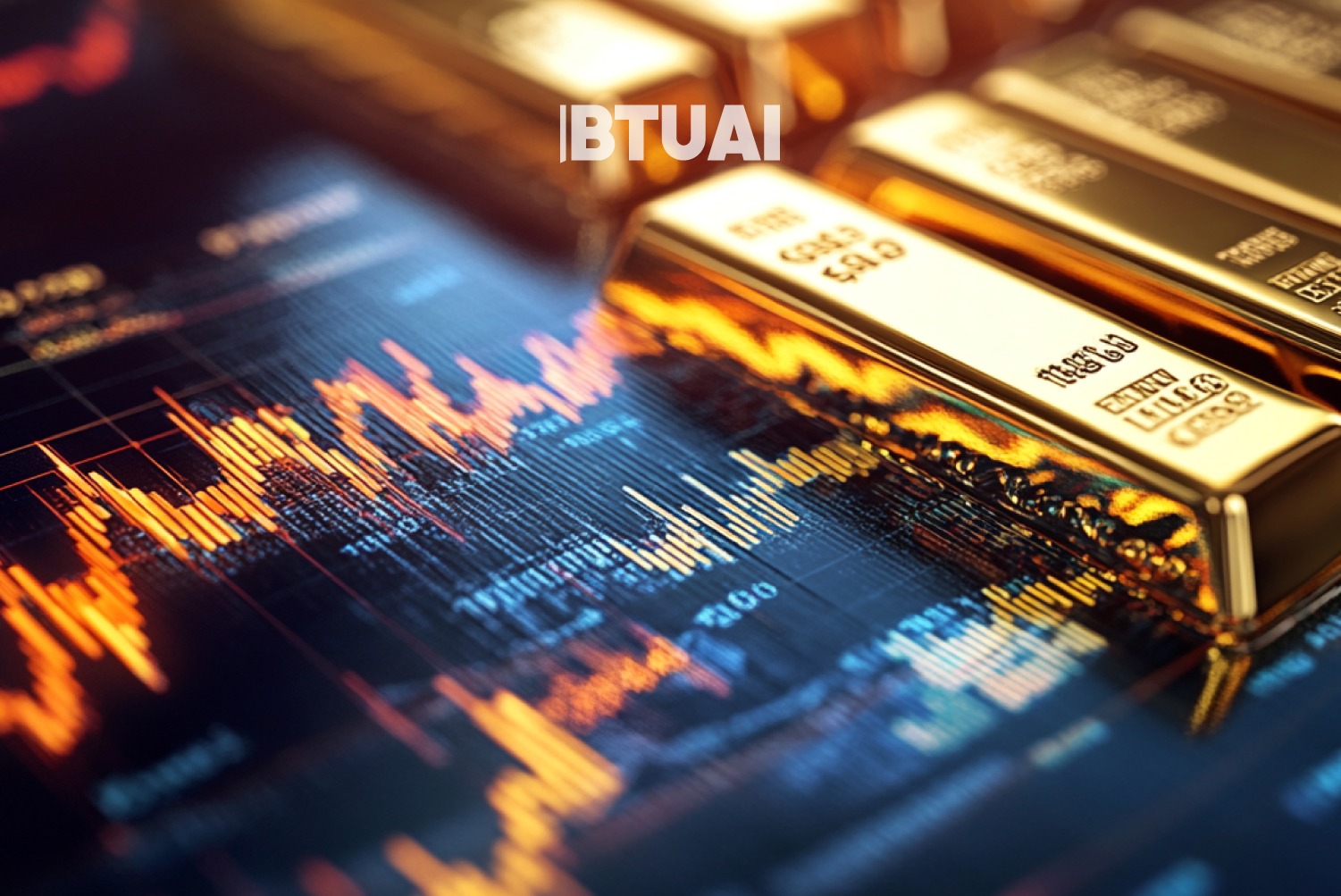Record-Breaking Rise in Gold Prices: A Reflection of Global Economic Expectations
Global financial markets continue to experience sharp fluctuations, and recently, special attention has been focused on gold prices. For

Global financial markets continue to experience sharp fluctuations, and recently, special attention has been focused on gold prices. For investors, this precious metal has always been considered a stable and secure asset, especially in times of rising global economic uncertainty. Over the last 24 hours, the price of gold has surpassed its historical maximum, reaching $2,876 per ounce. At 11:30 AM Tbilisi time, the price stood at $2,857 per ounce, marking a 39.68% increase over the past year and a 7.24% rise in just the past month.
Silver has also seen significant growth, rising 7.34% in one month and 44.24% over the past year, currently trading at $32.26 per ounce. This indicates a rapidly increasing investor interest in precious metals, which is typically a signal of global economic and political instability.
Key Factors Driving Gold Price Growth
Recent economic and political events clearly illustrate why investors are shifting their funds into gold and silver. One of the primary factors contributing to the surge in prices is Donald Trump’s trade policy changes. According to Reuters, on January 30, when gold prices exceeded $2,850, it was directly linked to Trump’s announcement of new trade tariffs.
Trump stated that Canada and Mexico would face 25% tariffs, while China would be subject to a 10% tariff. This move sent a shockwave through investors, as trade wars typically lead to market volatility. Although Trump later paused the tariffs on Mexico and Canada, the initial announcement had already shaken investor confidence.
Beyond trade wars, the slowdown of the global economy is also playing a key role in gold’s price increase. Central banks worldwide continue to maintain loose monetary policies, keeping interest rates low, which pushes investors away from risky assets and towards safer alternatives. Against this backdrop, gold, which offers long-term stability, has become even more attractive to investors.
The Role of Central Banks and Economic Trends
Today, investors are closely monitoring global economic trends and central bank policies. If the Federal Reserve (FED) continues its policy of stimulating low-interest lending, gold prices are likely to rise further. Additionally, U.S.-China tensions, economic slowdowns in Europe, and geopolitical conflicts (such as those in the Middle East) will significantly influence investor sentiment.
Historically, gold price surges have often been linked to global recession expectations. A similar trend was observed during the 2008 financial crisis, reinforcing the belief among investors that demand for precious metals will remain high, especially if the global economy continues to deteriorate.
Conclusion
The current gold price dynamics are a result of not only economic trends but also political and geopolitical factors. Investors are closely watching government actions and central bank policies in managing economic crises, as these decisions will ultimately determine the future trajectory of gold prices.
As long as economic uncertainties persist, gold is expected to remain a safe-haven asset, with potential for even higher valuations in the near future.




